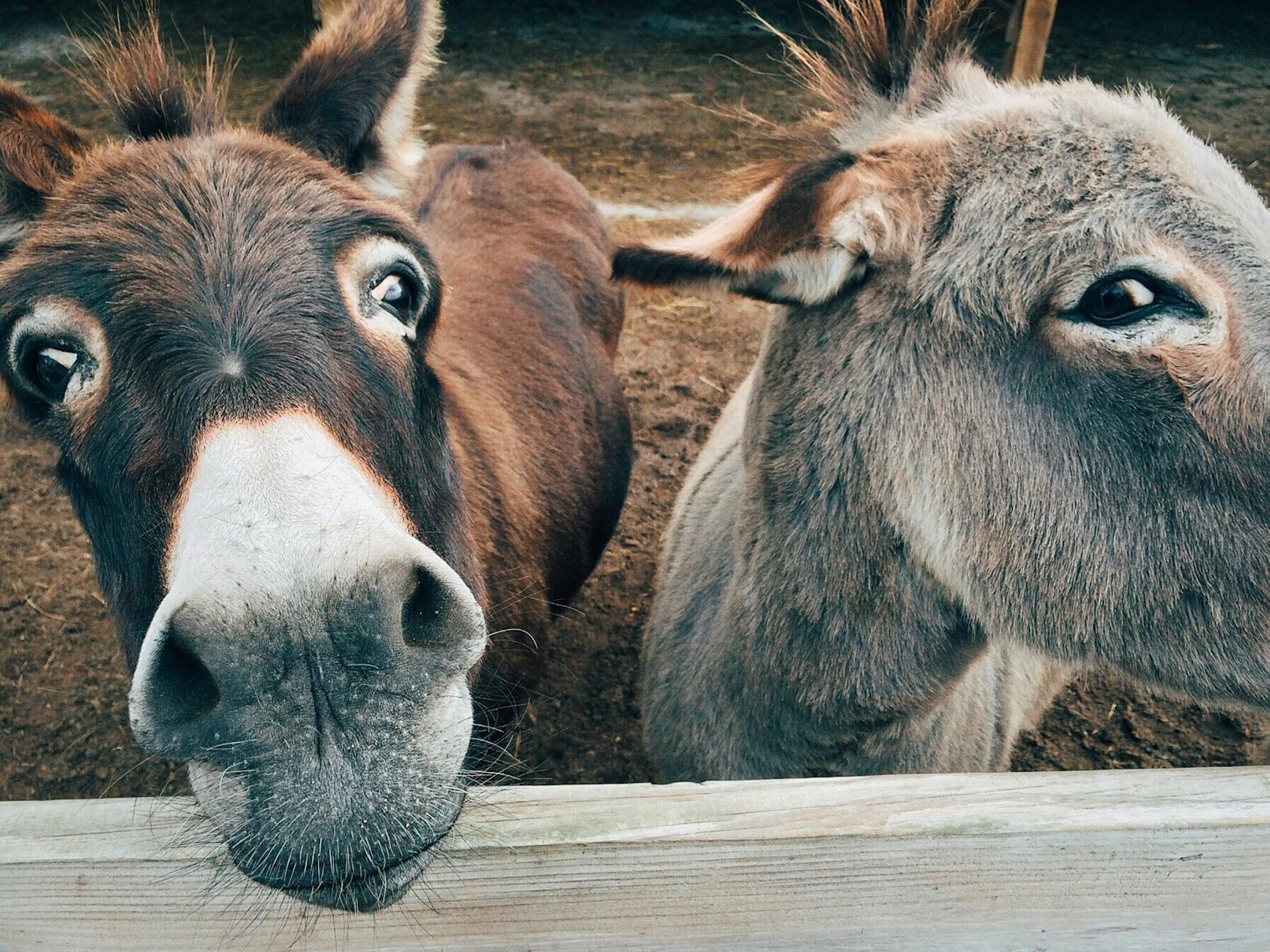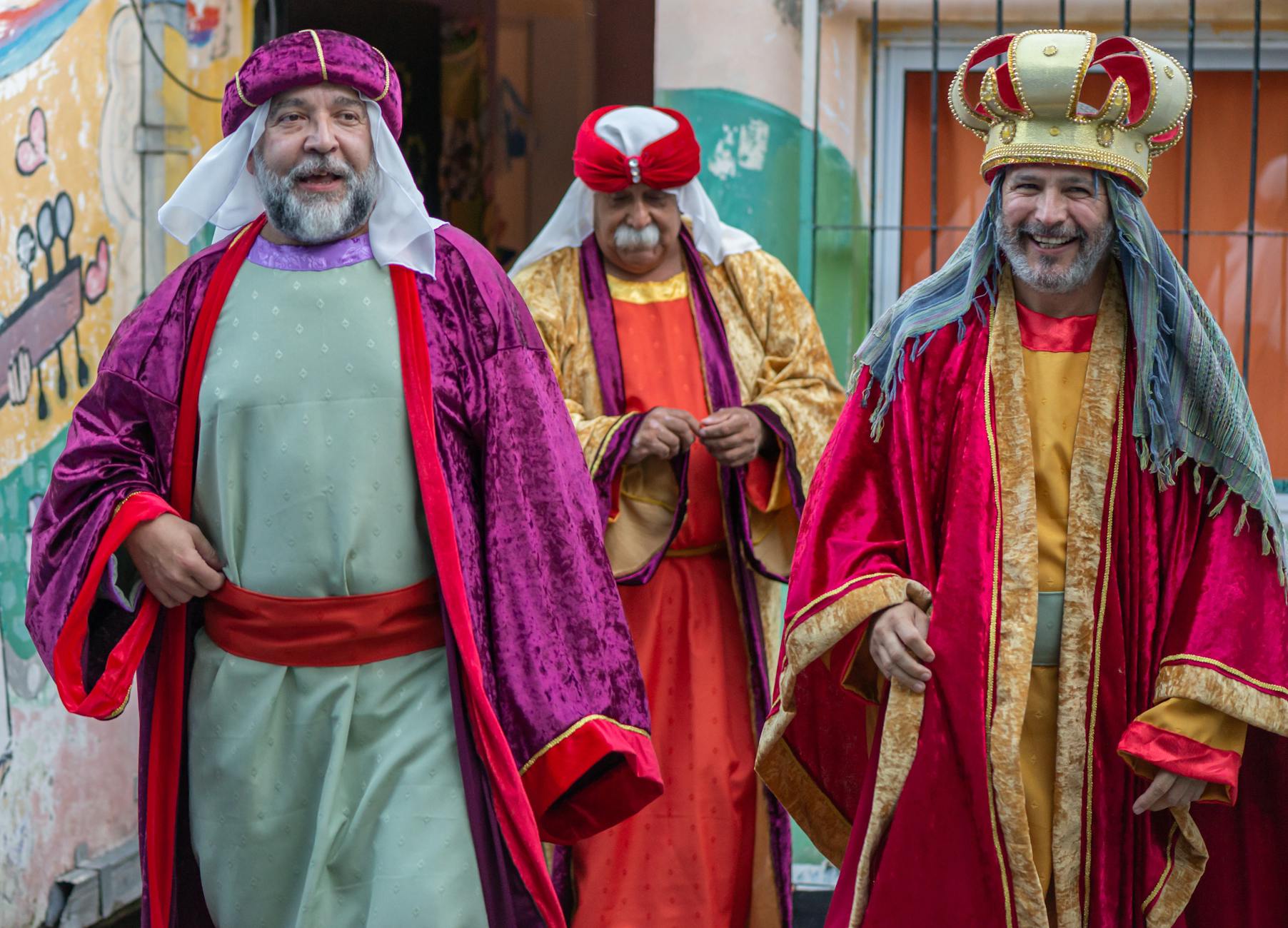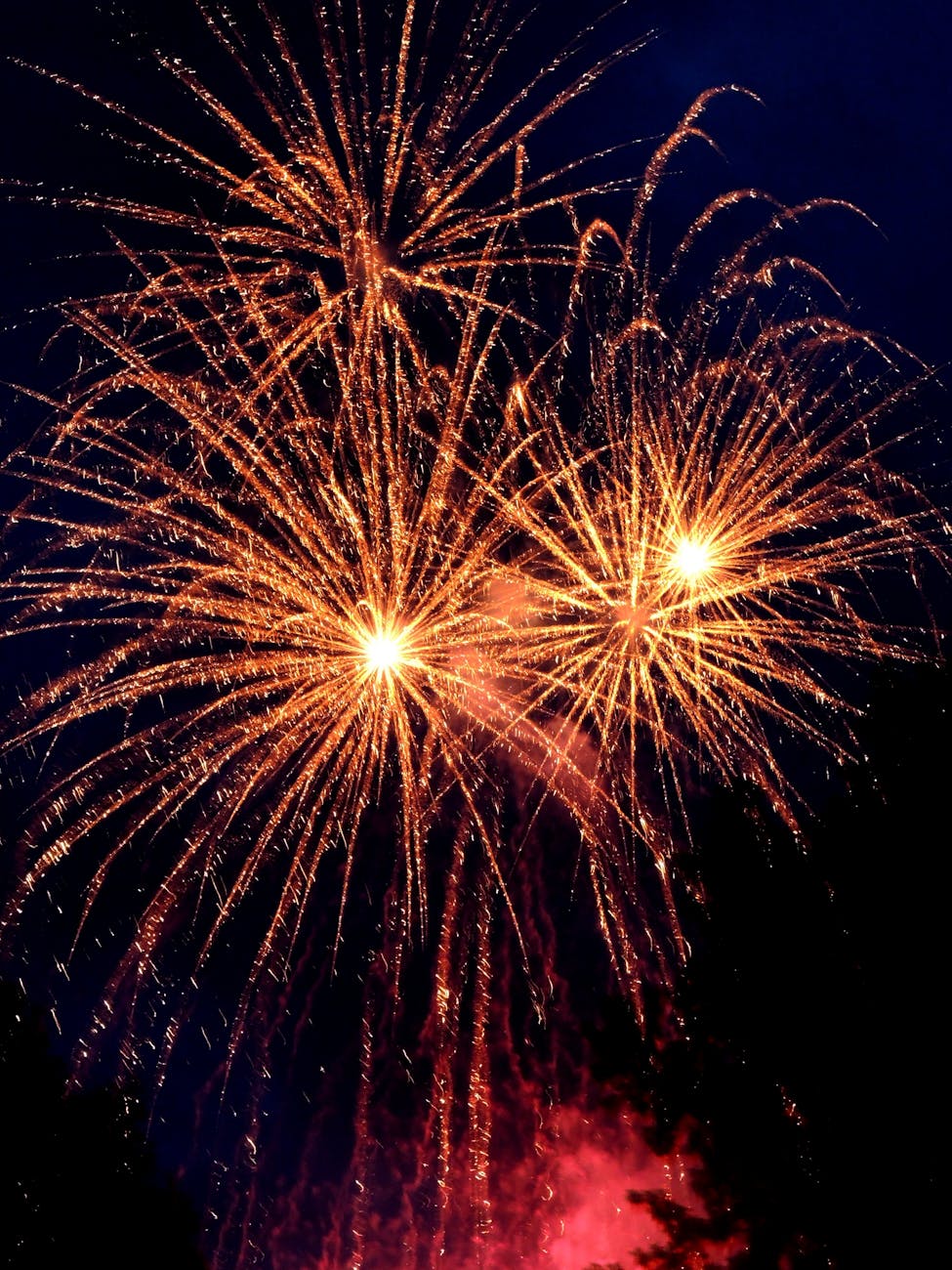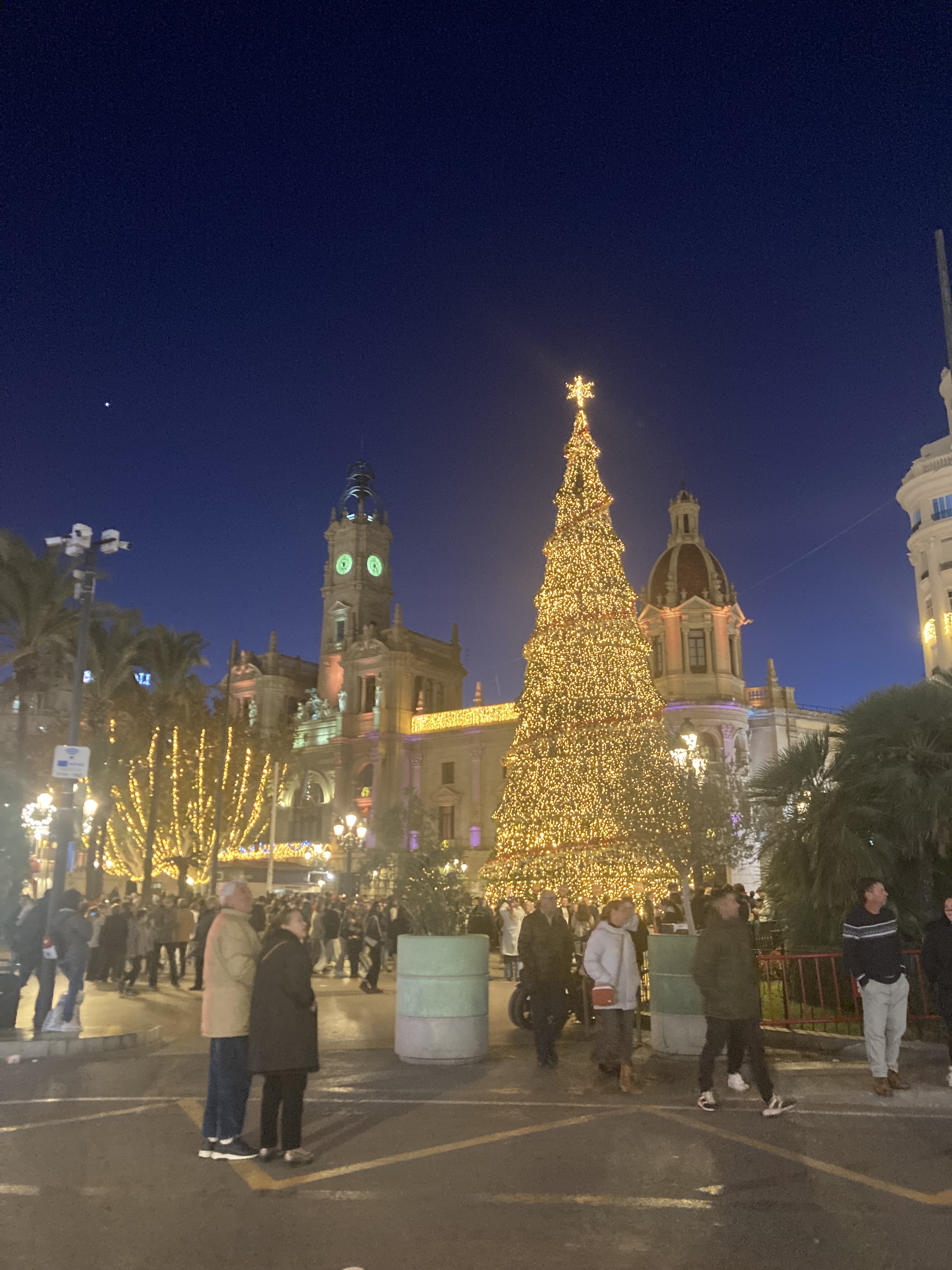Festival of San Antonio Abad
Every January, Valencians honor San Antonio Abad, the patron saint of animals, with a unique and heartwarming tradition. For over 200 years, animals and their owners have lined up to receive a special blessing from the Brotherhood of San Antonio Abad. The festivities begin on the evening of January 16, with the ceremonial lighting of…



